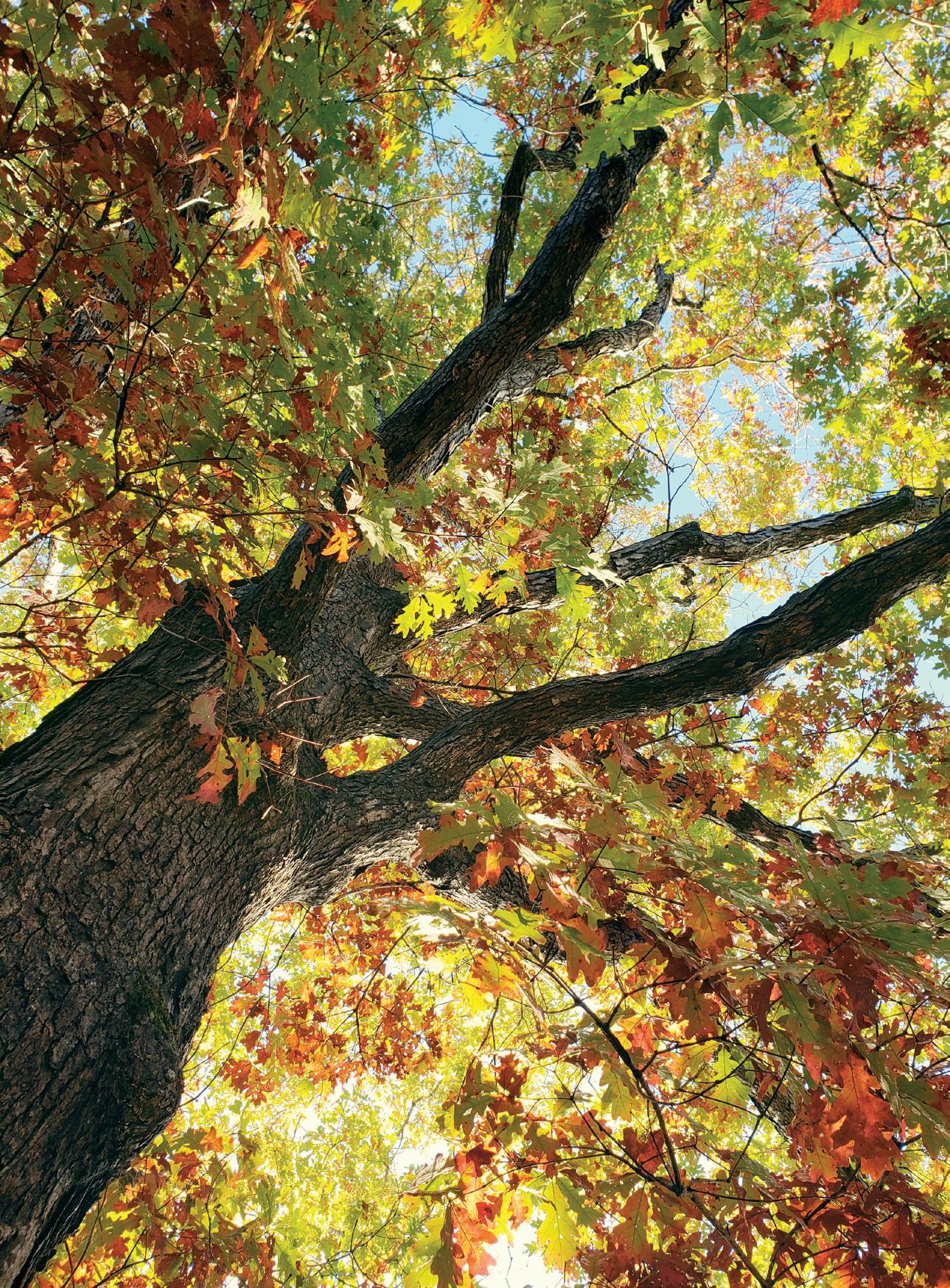
4 minute read
Thanks to you, the 10 Plants That Shaped Tennessee Have Been Chosen
By Andy Pulte, Natalie Bumgarner, Patty McDaniels, Jake Nelson
For in-depth descriptions of why each plant was chosen, visit: tenplants.tennessee.edu
Advertisement
Over a year and a half has passed since an idea was born to recognize the ten plants that have made the state of Tennessee what it is today. During 2018, over 600 Tennesseans nominated a variety of plants they viewed as the most significant to the state. Nominations were invited in a variety of categories including plants known for food, culture, history and landscape. Respondents came from all over the state and included academics, high school teachers, a few kindergarteners, and members of the plant-loving public. After weighing the nominations, carefully considering each nomination’s significance and using our own expertise, the 10 plants that most shaped the history of the state were chosen in early 2019. Because the list had to be balanced, both beneficial and negative aspects of nominated plants were considered. We looked at popular row crops, ornamental plants, unhealthy and invasive plants, and some plants with unpleasant histories.
As I reflect on the plants chosen, I can tell you that every plant on this list is important. Some of them I could have guessed would end up on the list. However, there were a few surprises that could not be ignored, especially with the number of Tennesseans who nominated them. People see more plants than any other organism in their lifetime. Plants have the ability to influence you in a variety of ways: mentally, physically, spiritually and emotionally. Bringing an awareness to a sort of plant-blindness is at the heart of this project.
Every one of the plants on the list has shaped the lives of those who call this state home. Plants do make it possible for us to live here on Earth. The air we breathe, the food we eat, the clothes we wear are all made possible because of plants.
The Ten Plants That Shaped Tennessee Are:
• American chestnut: It’s been nearly a century since a fungus eradicated this king of the forest, but the widespread and majestic tree was so valued for timber and wildlife that though gone, it still stands out in the state’s culture and history.
• Beans (several varieties): Snap beans, pole beans, soybeans… several varieties of beans are endemic to Tennessee history. From pioneer days to this day, bean crops have been important to farmers, home gardeners and the state’s food industry.
• Corn: West Tennesseans view corn mainly as an agronomic centerpiece, but in East Tennessee the plant conjures up images of grits and cornpone that were dietary staples. All across the state, corn has been associated with legal (and illegal) distillery operations.
• Cotton: More than 300,000 acres of our state are devoted to cotton production yearly. As a fiber, cotton is used in virtually every type of clothing. As a food, its seed is crushed for oil and meal that is used to feed livestock and for human food products.
• Dogwood (Photo 1): Found naturally across many Tennessee counties, dogwood is among the state’s favorite trees. Many festivals celebrate its spring blooms. In nursery production, which centers in Middle Tennessee, our state ranks first in dogwood production.

PHOTO 1: Dogwood
Photo Courtesy of Jordan Whitt
• Ginseng: This native herbaceous perennial plant has been harvested and used or sold for hundreds of years. It is entwined in the history of eastern Tennessee and our deciduous forests.
• Grasses (prairie and turf) (Photo 2): Tennessee was once a complicated and diverse mosaic of many different types of plant communities which included forest and some of the most diverse prairie systems on the planet. Bison once roamed these prairies. As for turfgrasses, everyone knows they have become an integral part of our lives. Our lawns and playgrounds are covered with them. The estimated acreage of turfgrass in Tennessee is somewhere north of 1 million acres.

PHOTO 2: Bermudagrass
• Tobacco: Though its recent history is clouded, tobacco was one of the earliest crops planted by settlers in Tennessee and has shaped the state’s economy and health since Tennessee joined the Union.
• White oak (Photo 3): As long as there has been people in Tennessee, they have been relying on white oaks for survival and income. We use it to build our houses and it graces our hearths as fuel on cold winter nights.

PHOTO 3: White Oak
Photo Courtesy of Carol Reese
• Kudzu: Easily recognizable by almost anyone in Tennessee, kudzu is among the invasive plant species that damage our natural environment.
Andy Pulte and Natalie Bumgarner of the Department of Plant Sciences spent much of 2018 developing the Ten Plants That Shaped Tennessee. More than 600 nominations were submitted, and submissions were open to the public. Together with a panel of other UTIA and community experts in a range of fields, all the nominations were weighed, and each nomination’s significance was carefully considered to develop the final list of 10 plants that most influenced the state.




